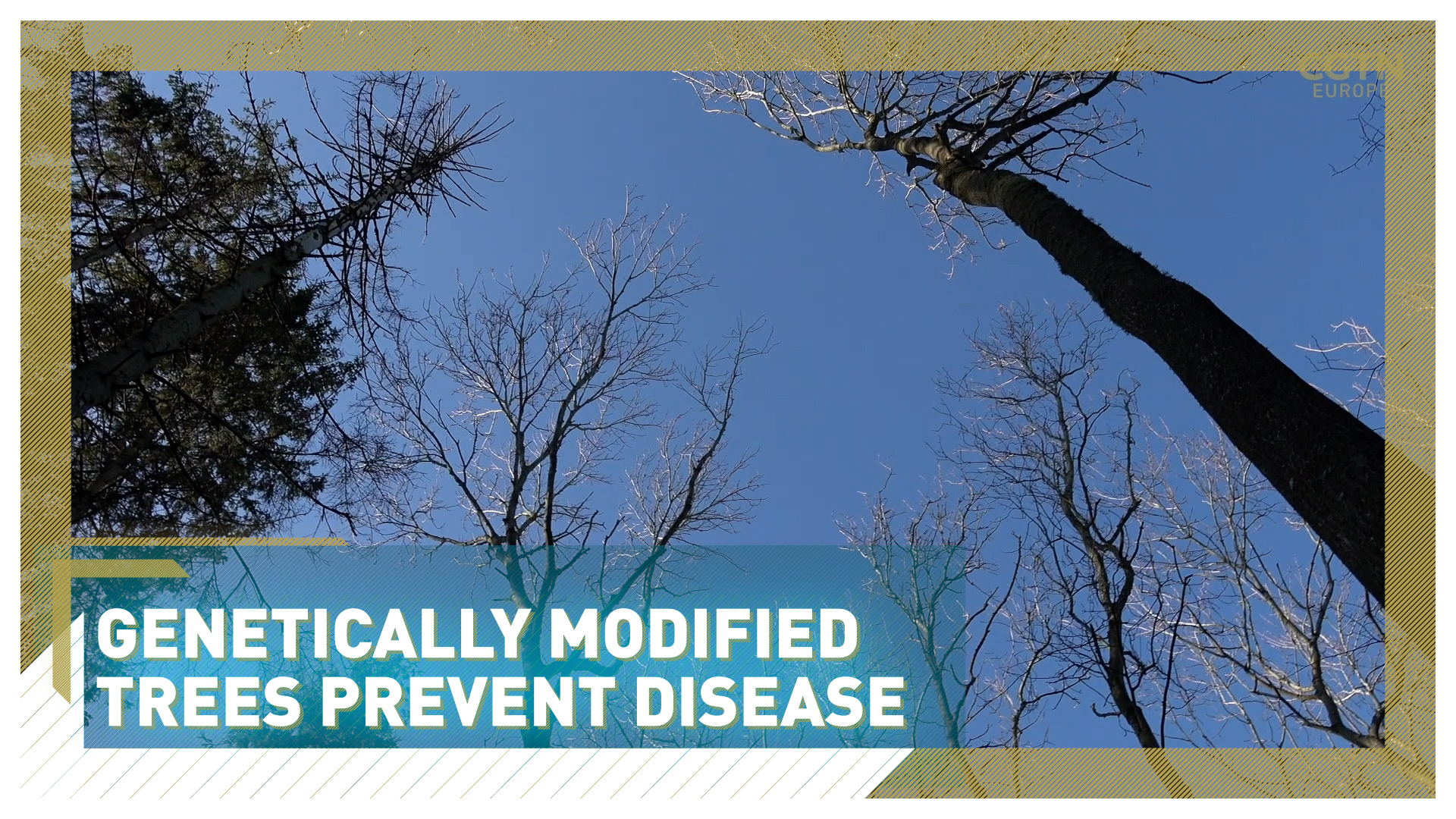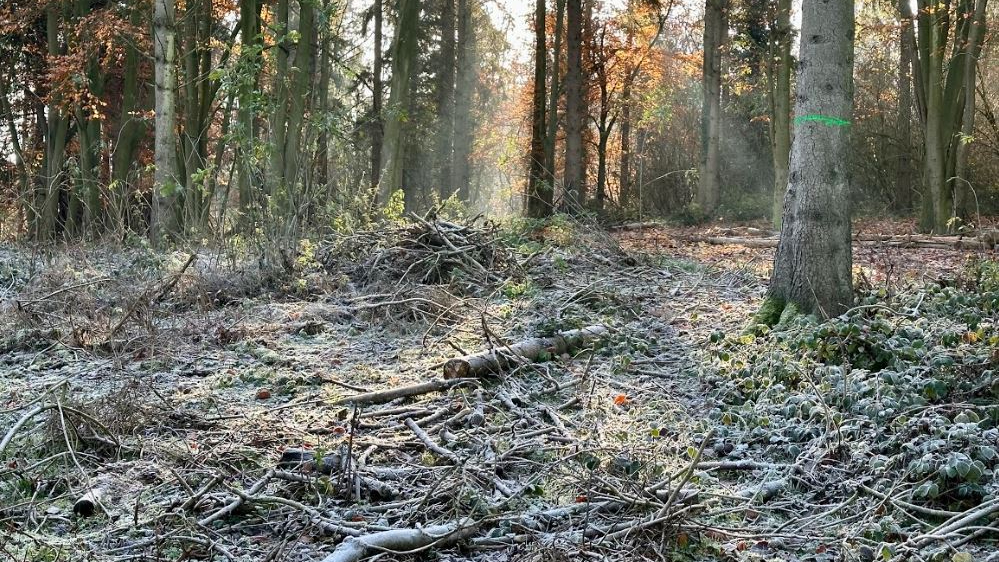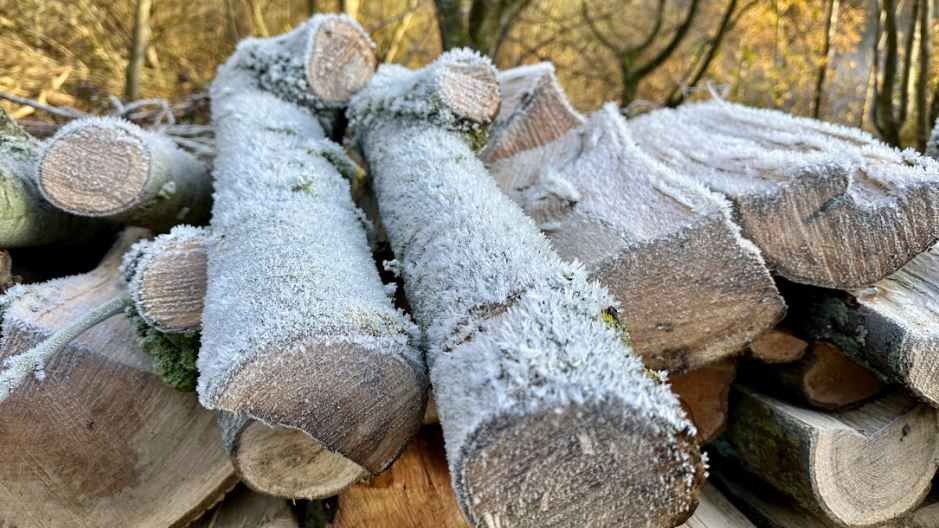03:19

When ash dieback disease hit England 10 years ago, it was feared it could be a death sentence for the native ash tree.
The disease has been spreading fast, threatening at least 70 percent of ash, causing devastation in vast areas of parks, woodlands, and hedgerows where this broadleaf tree dominates.
But Richard Buggs, a leading researcher on plant health at Kew Botanic Gardens, has found reason to hope some ash trees may survive.
READ MORE
Freezing cells to save species
Could salt marshes save the planet?
Castles battle coastal erosion
"When ash dieback came into Europe, we realized some trees were surviving better than others," he says. "Most trees were being damaged, but some were being damaged less than others by the fungus – so that was preliminary evidence that there was genetic resistance for ash dieback in the European ash population.
"So we've been trying to identify the genetic basis, as in: What are the exact places in the DNA of ash trees that are allowing some ash trees to survive better under ash dieback than others?"

Felled ash in frozen woodland. /Kitty Logan/CGTN
Felled ash in frozen woodland. /Kitty Logan/CGTN
No tree has yet proved entirely resistant to ash dieback, but this significant discovery could help develop ash trees which are. The next challenge for the research team at Kew is to breed disease-resistant ash trees, a process which has become a race against time.
"The quicker that we can develop trees with resistance to ash dieback, the quicker we can plant them out and the quicker we can enhance our woodlands and try to recover from the epidemic," says Buggs. "But unfortunately, we can' t stop millions of trees from dying."
Witnessing the devastation
The Earth Trust, a conservation charity which manages small areas of woodland in rural Oxfordshire, is witnessing the devastation the disease is causing firsthand. At least a third of trees in its woodland are ash and most are now infected, showing the typical signs of dead branch and bark infected by the fungus.
That's forcing Senior Ranger Tim Reed to make tough choices, especially in areas close to public paths, where weakened diseases trees must be cut down for safety reasons. On a frosty December day, logs from felled ash lie by the side of the path.
"It will skew the structure of the woodland," says Reed. "We will lose a lot of the mature trees that have stood there for a long time. But will create hopefully the opportunity to do a lot more planting and encourage a fresh flush of new growth."

Many ash trees had to be felled. /Kitty Logan/CGTN
Many ash trees had to be felled. /Kitty Logan/CGTN
A vast range of biodiversity is dependent on ash, but the Earth Trust is replanting in areas where trees has been lost to disease and Reed is optimistic nature can adapt to the changing landscape.
"The more diverse a woodland – both in species and structure, so we have a varied age structure – will be the key to protecting those environments from whatever may come in the future," he explains.
Back in the laboratory, scientists are meanwhile monitoring for new potential dangers from of other tree diseases heading towards Europe, some which may again threaten the ash tree, unless biosecurity is improved for global trade.
"There is a massive problem in the world at the moment in terms of plant pests and pathogens – that trade is moving them around the world, and we're seeing devastation of both trees and crops," says Buggs. While researchers race to find solutions, the next challenge to the natural world may not be far behind.